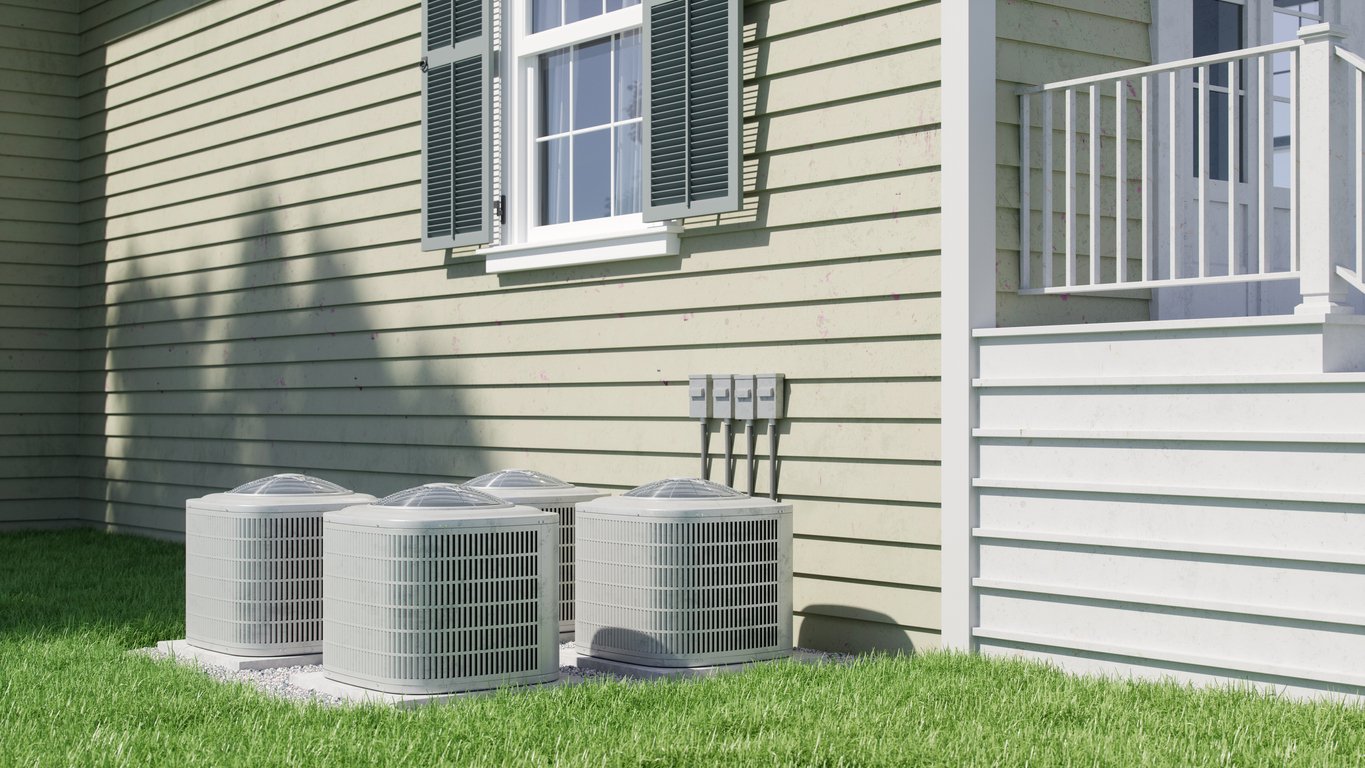When you’re purchasing a new HVAC system, getting a correctly sized unit is important. Having the ideal HVAC size for your home helps ensure optimal efficiency, which keeps your energy bills down. Keep reading to learn more about choosing the best size for an HVAC system in your Broken Arrow home.
The Importance of Size
The size of your HVAC system determines how efficiently it cools your home. One that’s too small will run all the time without making your home comfortable. A system that’s too big will turn on and off frequently, which leads to excessive wear and tear. You’ll also have higher energy bills if you have an HVAC system that can’t work as efficiently as it should.
Determine the Right Size
How big should your HVAC system be? You might think it only depends on how big your home is. However, figuring out the right HVAC size involves several factors in addition to your home’s square footage. You’ll also need to consider how much direct sunlight your home gets, how good your insulation is, and what condition your ductwork is in. Other factors to consider include how many people live in your home, how much heat your appliances generate, and what condition your windows and exterior doors are in. Finding the right HVAC size also depends on what materials your home is made of and what the local climate is like. Keep in mind that certain features, such as a fireplace, can affect your home's indoor temperature.
Get Professional HVAC Help
With so many factors to take into consideration, determining what size HVAC system you should get can be confusing. The experts at Air Assurance can help you determine the ideal HVAC size to keep your home comfortable without running up your energy bills. Our experts can help ensure that you don’t get an HVAC system that’s too big or too small for your home.
If you need help finding the right HVAC size, please contact Air Assurance. Our HVAC team can help you choose a new HVAC system and install it in your Broken Arrow home.









